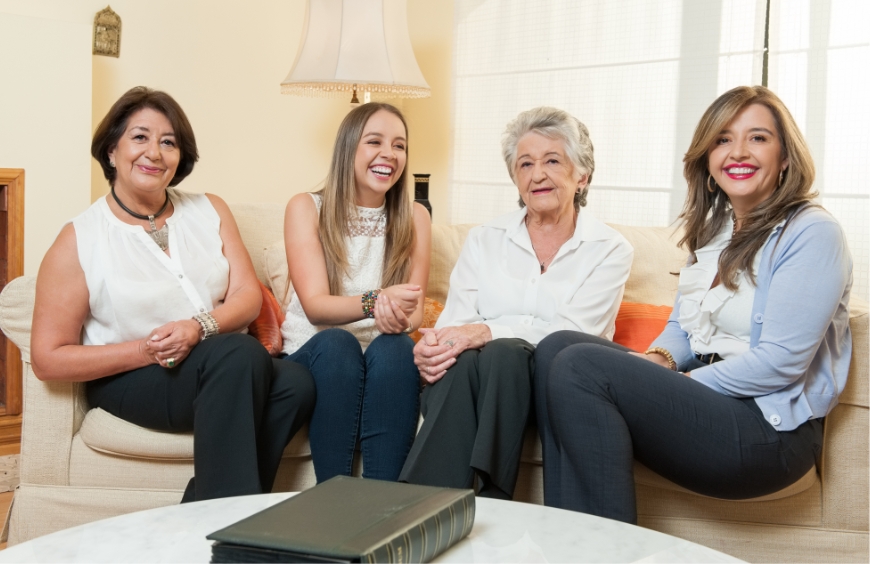FIND IT FAST
- International Students
- International Students Enrolment Process
- Location
- College Fees
- Facilities and Campus Map
- Scholarships
- Adelaide Perry Gallery
- Futures Centre
- Before and After School Care
- The Futures Centre
- Open Day and Fair
- Parents and Friends’ Association (P&F)
- PLC Sydney Gymnastics
- PLC Sydney Swim Club
- Event Bookings

Adelaide Perry Gallery
Open to the public, the Gallery has an annual calendar of events comprising exhibitions of student work and exhibitions featuring professional Australian artists.
View Gallery Website
Ex-Students
Our vibrant Ex-Students community supports lasting friendships that connect ‘PLC Sydney girls’ across the country and around the world. Stay connected with events, professional networks, read other graduate stories and more.
View Ex-Students Website
The Futures Centre
Maximising your child's learning potential with our student extension, enrichment and support program—one of the longest running in Australia. Your children will build their self-confidence, resilience, engagement and academic performance.
Visit The Futures Centre
PLC Sydney Preschools
Designed to support your child’s transition to school, we aim to ignite your child’s curiosity, extend their unique interests and build on the foundations for their love of learning. View our beautiful, purpose-built centre—indoor and outdoor environments designed and adapted to strengthen a child’s natural curiosity and excite inquisitive minds.
View PLC Sydney Preschools Website- Menuclose
- Searchclose
- Prospective Families
- Students
- Boarders
- Parents and Guardians
- Back
Parents and Guardians
- International Students
- Indigenous Students
- Back
- Indigenous Students
- Scholarships
Indigenous Students
- Community
- Ex-Students
- Friends and Neighbours
- Back
Friends and Neighbours
- Employment
- Back
- View Current Job Opportunities
Employment
- Sitesclose

ADELAIDE PERRY GALLERY
Open to the public, the Gallery has an annual calendar of events comprising exhibitions of student work and exhibitions featuring professional Australian artists.
Visit the Gallery Website
EX-STUDENTS
Our vibrant Ex-Students community supports lasting friendships that connect ‘PLC Sydney girls’ across the country and around the world. Stay connected with events, professional networks, read other graduate stories and more.
View Ex-Students Information
THE FUTURES CENTRE
Maximising your child's learning potential with our student extension, enrichment and support program—one of the longest running in Australia. Your children will build their self-confidence, resilience, engagement and academic performance.
Visit Futures @ PLC Sydney Information
PLC SYDNEY PRESCHOOLS
Designed to support your child’s transition to school, we aim to ignite your child’s curiosity, extend their unique interests and build on the foundations for their love of learning. View our beautiful, purpose-built centre—indoor and outdoor environments designed and adapted to strengthen a child’s natural curiosity and excite inquisitive minds.
View PLC Sydney Preschools Information - Contact